
Playlist of Tutorials for Songs from Opera (List Ordered by Song Name) A B C D E F G H I J K L M…

Playlist of Tutorials for Songs from Orchestral and Instrumental (List Ordered by Song Name) A B C D E F G H I J K…

Playlist of Tutorials for Songs from Chopin, Frederic (List Ordered by Song Name) A B C D E F G H I J K L…

Playlist of Tutorials for Songs from Film and Television (List Ordered by Song Name) A B C D E F G H I J K…

Playlist of Tutorials for Songs from Musicals (List Ordered by Song Name) A B C D E F G H I J K L M…

[xyz-ihs snippet="NavigationLinksBlock-Common"]
Hedwig's Theme
(from Harry Potter)
by John Williams
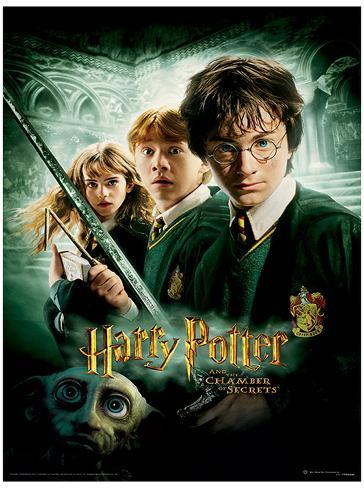
The "Hedwig's Theme" is a leitmotif composed by John Williams for the film of Harry Potter and the Philosopher's Stone. It is better known for being the main theme of every Harry Potter film and is iconic for the wizarding world in general.
Hedwig's Theme was not a stand-alone track to begin with. It was featured as a tune in the track "Prologue" for Harry Potter and the Philosopher's Stone, before being played in the end credits. The theme was very well received and was interpolated in every Harry Potter film score by subsequent composers, such as Patrick Doyle, Nicholas Hooper, and Alexandre Desplat. It is also featured in the score to the last four Harry Potter video games composed by James Hannigan.
Hedwig's Theme has achieved significant pop culture status, featuring in ring tones, trailer music and other forms of multimedia. Most recently, it featured over the title of Fantastic Beasts and Where to Find Them (film), which indicates that it will stay the main theme of J.K. Rowling's Wizarding World.
[video width="640" height="360" mp4="https://www.easypianoonline.com/wp-content/uploads/2019/03/Hedwigs-Theme-from-Harry-Potter.mp4"][/video]
BBC's Proms Hedwig's Theme Song from Harry Potter

Playlist of Tutorials for Songs from Williams, John (List Ordered by Song Name) A B C D E F G H I J K L…

[xyz-ihs snippet="NavigationLinksBlock-Common"]
Polovetzian Dance No.17
from opera Prince Igor
by Alexander Borodin
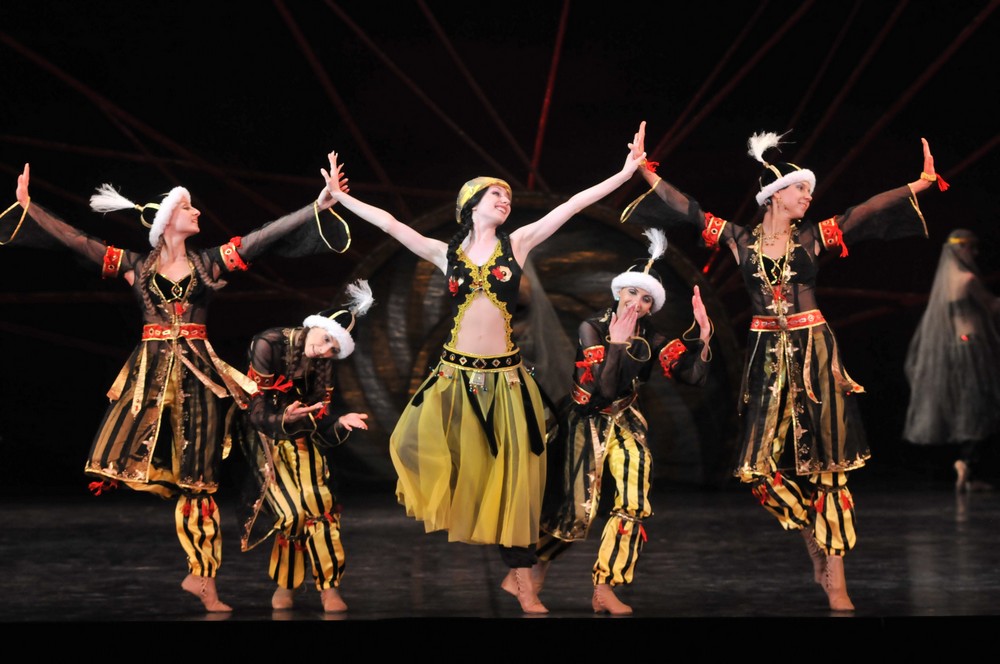
The "Polovetzian Dances, or Polovtsian Dances, or Polovtsian Dances (Russian: Половецкие пляски, tr. Polovetskie plyaski from the Russian "Polovtsy"" — the name given to the Kipchaks and Cumans by the Rus' people) form an exotic scene at the end of act 2 of Alexander Borodin's opera Prince Igor.
Prince Igor (Russian: Князь Игорь, Knyaz' Igor') is an opera in four acts with a prologue.
The composer adapted the libretto from the East Slavic epic The Lay of Igor's Host, which recounts the campaign of Russian prince Igor Svyatoslavich against the invading Polovtsian tribes in 1185. The opera was left unfinished upon the composer's death in 1887 and was edited and completed by Nikolai Rimsky-Korsakov and Alexander Glazunov. It was first performed in St. Petersburg, Russia, in 1890.
[video width="640" height="360" mp4="https://www.easypianoonline.com/wp-content/uploads/2019/04/Polovstian_Dances_Borod_Prince_Igor_1.mp4"][/video]
Conducted by Gergiev with the Kirov (Mariyinksky) Opera Company
The text of the first stanza of this particular section in the opera is given below.
Lyrics
Половецкие пляски
Невольницы:
Улетай на крыльях ветра
Ты в край родной, родная песня наша,
Туда, где мы тебя свободно пели,
Где было так привольно нам с тобою.
Там, под знойным небом,
Негой воздух полон,
Там под говор моря
Дремлют горы в облаках;
Там так ярко солнце светит,
Родные горы светом заливая,
В долинах пышно розы расцветают,
И соловьи поют в лесах зеленых,
И сладкий виноград растет.
Там тебе привольней, песня,
Ты туда и улетай.
Половцы:
Пойте песни славы хану! Пой!
Славьте силу, дочесть хана! Славь!
Славен хан! Хан!
Славен он, хан наш!
Блеском славы
Солнцу равен хан!
Нету равных славой хану! Нет!
Чаги хана славят хана.
Хана своего.
Lyrics (Transliteration)
Nevolnitsy:
Uletay na krylyakh vetra
Ty v kraj rodnoy, rodnaya pesnya nasha,
Tuda, gde my tebya svobodno peli,
Gde bylo tak privolno nam s tobyu
Tam, pod znoynym nebom,
Negoy vozdukh polon,
Tam pod govor morya
Dremlut gory v oblakakh;
Tam tak yarko solntse svetit,
Rodnyye gory svetom zalivaya,
V dolinakh pyshno rozy rastsvetayut,
I solovyi poyut v lesakh zelyonykh,
I sladkiy vinograd rastyot.
Tam tebe privolney, pesnya,
Ty tuda i uletay.
Polovtsy
Poyte pesni slavy khanu! Poy!
Slav'te silu, dochest' khana! Slav'!
Slaven khan! Khan!
Slaven on, khan nash!
Bleskom slavy
Solntsu raven khan!
Nyetu ravnykh slavoy khanu! Nyet!
Chagi khana slavyat khana.
Khana svoyego.
Lyrics (English translation)
Slavewomen:
Fly on the wings of the wind
To our native land, dear song of ours,
There, where we have sung you at liberty,
Where we felt so free in singing you.
There, under the hot sky,
The air is full of bliss,
There to the sound of the sea
The mountains doze in the clouds;
There the sun shines so brightly,
Bathing the native mountains in light,
Splendid roses blossom in the valleys,
And nightingales sing in the green forests.
And sweet grapes grow.
You are free there, song,
Fly home,
Polovtsians
Sing songs of praise to the Khan! Sing!
Praise the power and valor of the Khan!
Praise the glorious Khan!
He is glorious, our Khan!
In the brilliance of his glory,
The Khan is equal to the sun!
There is none equal to the Khan in glory, none!
The Khan female slaves praise the Khan,
Their Khan!
The English translation of the remaining is:
Konchak [the Khan]
Do you see the captives
From the distant sea;
Do you see my beauties,
From beyond the Caspian Sea?
Oh, tell me, friend,
Tell me just one word:
If you want to,
I will give you anyone of them.
Polovtsians
Sing songs of praise to the Khan! Sing!
Praised be his generosity, praised be his mercy!
Praise him!
To his enemies the Khan is merciless
He, our Khan!
Who may equal the Khan in glory, who?
In the brilliance of his glory,
He is equal to the sun!
Our Khan, Khan Konchak, is equal
In glory to his forefathers!
The terrible Khan Konchak is equal
In glory to his forefathers!
Glorious is our Khan Konchak!
Glory, glory!
All the Slaves
(Repeats the opening stanza)
Polovtsians
Our Khan, Khan Konchak, is equal
In glory to his forefathers!
The grim Khan Konchak is equal
In glory to his forefathers!
Glory, glory to Khan Konchak!
Khan Konchak!
With your dancing entertain the Khan,
Dance to entertain the Khan, slaves!
Your Khan!
Dance to entertain the Khan, slaves!
Your Khan!
With your dancing entertain the Khan!
Entertain with dancing!
Our Khan Konchak!

[xyz-ihs snippet="NavigationLinksBlock-Common"]
Darth Vader's Theme
(Imperial March)
from Star Wars
by John Williams
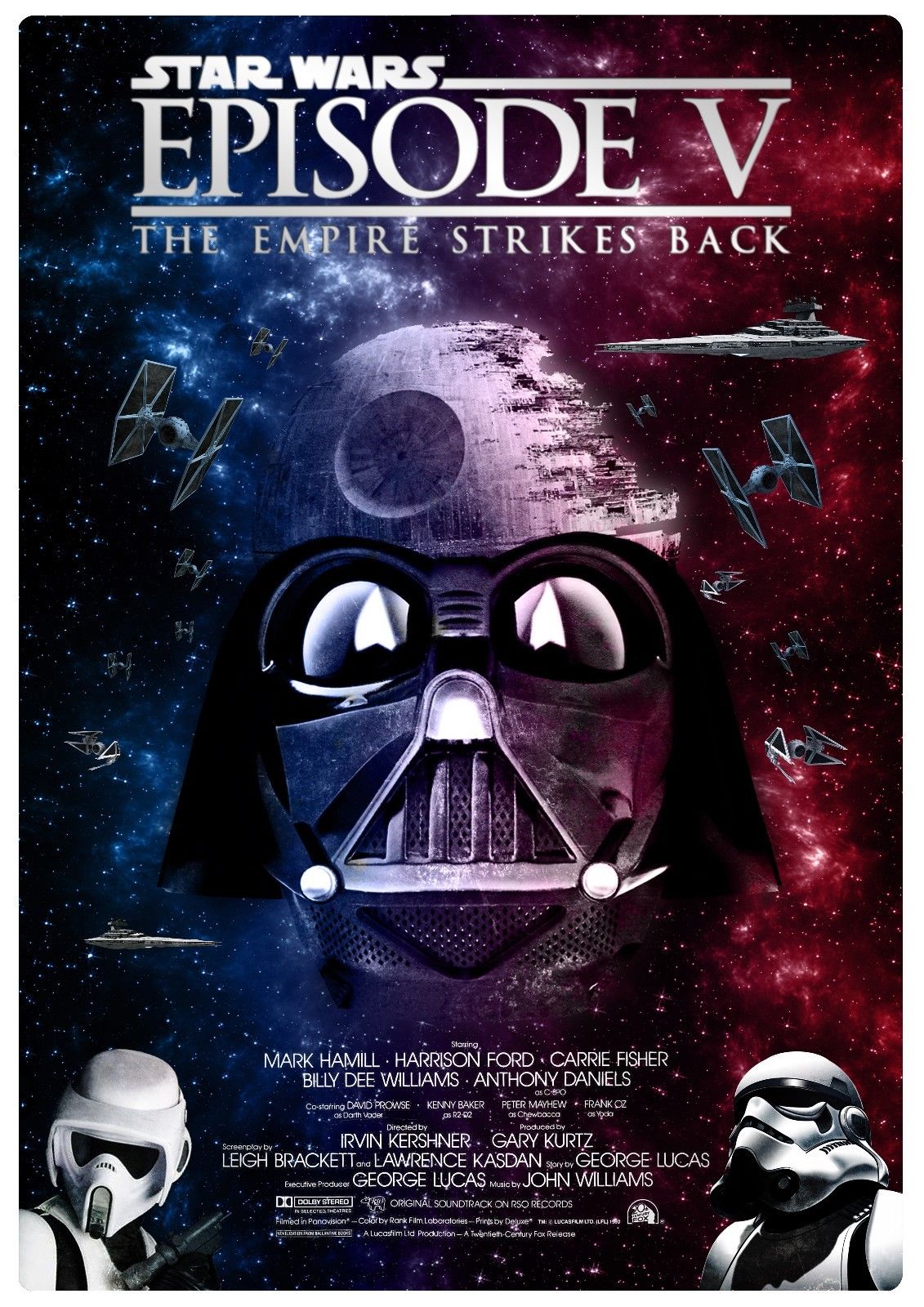
The "Darth Vader's Theme (Imperial March)"is a musical theme present in the Star Wars franchise. It was composed by John Williams for the film The Empire Strikes Back. Together with "Yoda's Theme", "The Imperial March" was premiered on April 29, 1980, three weeks before the opening of the film, on the occasion of John Williams' first concert as official conductor-in-residence of the Boston Pops Orchestra." One of the best known symphonic movie themes, it is an example of a leitmotif, a recurrent theme associated with characters or events in a drama.
[video width="640" height="360" mp4="https://www.easypianoonline.com/wp-content/uploads/2019/03/DarthVadersTheme.mp4"][/video]
More tutorials for music by John Williams:


[xyz-ihs snippet="NavigationLinksBlock-Common"]
Christmas Time is Here
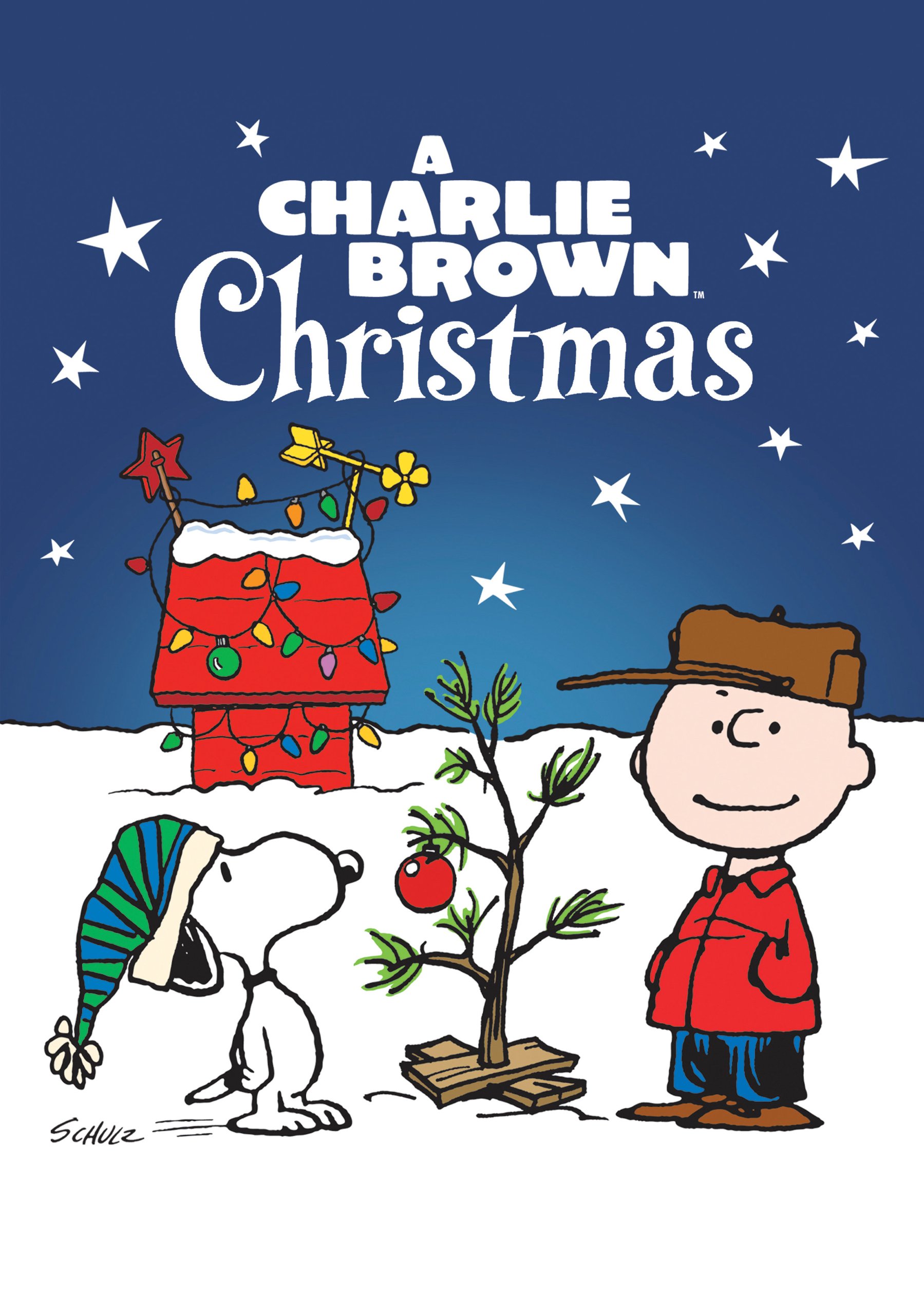
The "Christmas Time is Here" is the opening song from A Charlie Brown Christmas, written by Lee Mendelson and Vince Guaraldi.
Sung by the choir of St. Paul's Episcopal Church, it is heard as Charlie Brown and Linus join the rest of the Peanuts gang in ice skating on the frozen pond. Two versions of it appear on the special's soundtrack album - the vocal version as heard at the beginning of the special, and a six-minute instrumental version which appears as background music during the special. The instrumental version was later used, rearranged by David Benoit, in It's Christmastime Again, Charlie Brown and I Want a Dog for Christmas, Charlie Brown.
[video width="640" height="360" mp4="https://www.easypianoonline.com/wp-content/uploads/2018/12/ChristmasTimeIsHere.mp4"][/video]
Lyrics
Happiness and cheer
Fun for all that children call
Their favorite time of the year
Snowflakes in the air
Carols everywhere
Olden times and ancient rhymes
Of love and dreams to share
Sleigh bells in the air
Beauty everywhere
Yuletide by the fireside
And joyful memories there
Christmas time is here
We'll be drawing near
Oh, that we could always see
Such spirit through the year
Oh, that we could always see
Such spirit through the year
Songwriters: Lee Mendelson / Vince Guaraldi

[xyz-ihs snippet="NavigationLinksBlock-Common"]
Roses From the South
(Rosen aus dem Süden), Op.388
by Johann Strauss Jr.
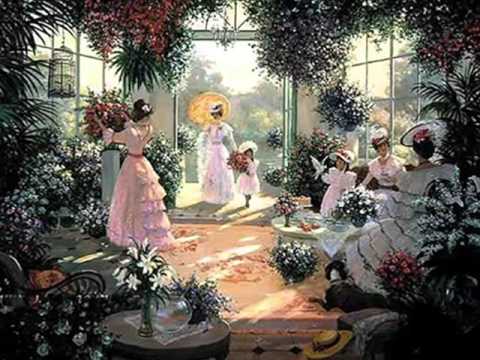
The "Roses From the South (Rosen aus dem Süden), Op.388" is a waltz medley composed by Johann Strauss Jr. in 1880 with its themes drawn from the operetta Das Spitzentuch der Königin (The Queen's Lace Handkerchief) inspired by a novel by Heinrich Bohrmann-Riegen.
The waltz was first performed at the regular Sunday concerts of the Strauss Orchestra conducted by Eduard Strauss on 7 November 1880 at the Musikverein in Vienna. Its themes drawn from the operetta are the act 1 "Trüffel-Couplet" and the act 2 romance "Wo die wilde Rose erblüht" ("Where the Wild Rose Blossoms"). The act 2 romance most certainly inspired the title of this waltz.
The waltz ranks among the "Waltz King's" magnificent works and is still regularly performed today at the Vienna Philharmonic's New Year's Concert. The general mood of the piece is rather pensive but the final moments of the piece are utter joy and sparkling with Strauss happier tunes.
Fans of Star Trek will recognize "Roses from the South" as the waltz Trelane has Uhura play in "The Squire of Gothos".
The song is also used in the Dancing with the Stars videogame for PlayStation 2, in the carnival sequence of "Sunrise: A Song of Two Humans," and finally in "Sophie's Choice," when Sophie is asked for her hand in marriage.
[video width="640" height="360" mp4="https://www.easypianoonline.com/wp-content/uploads/2019/03/RosesFromtheSouthWaltz.mp4"][/video]
André Rieu - Roses From the South (Waltz) - Johann Strauss Jr.

[xyz-ihs snippet="NavigationLinksBlock-Common"]
Love Me Tender
by Elvis Presley
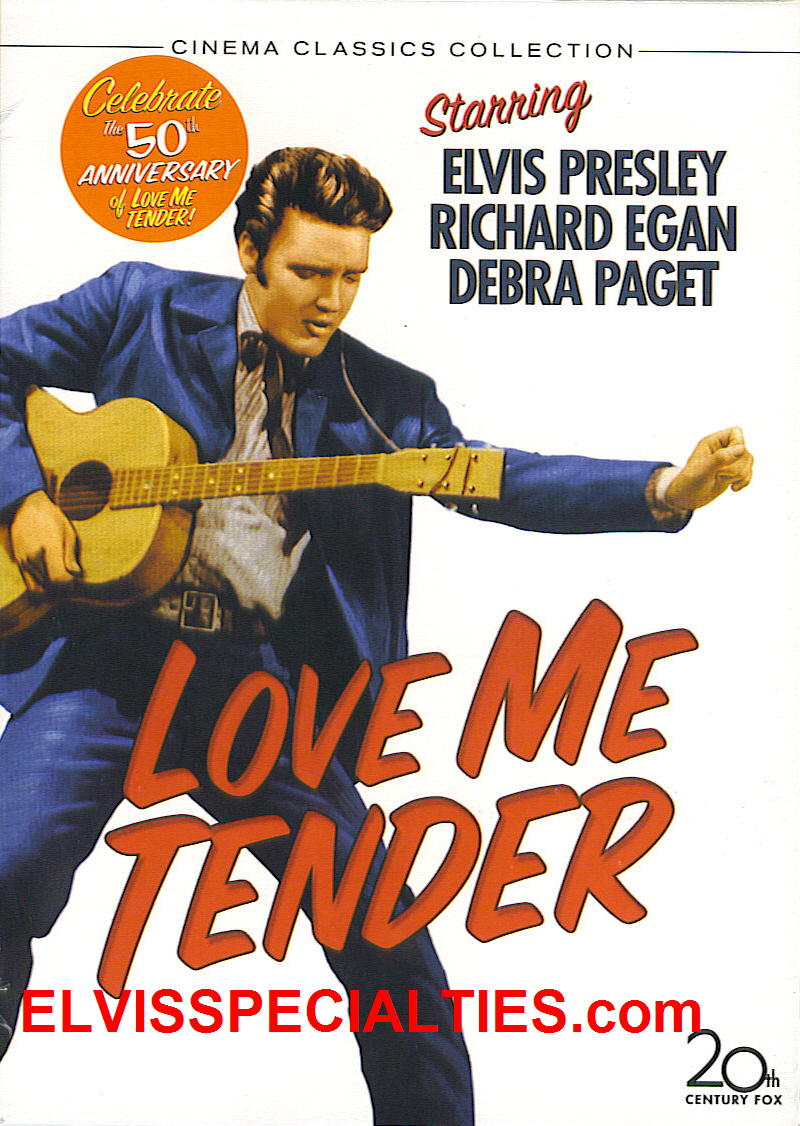
The "Love Me Tender" is a 1956 song recorded by Elvis Presley and published by Elvis Presley Music from the 20th Century Fox film of the same name. The words and music are credited to Ken Darby under the pseudonym "Vera Matson", the name of his wife, and Elvis Presley. The RCA Victor recording by Elvis Presley was no. 1 on both the Billboard and Cashbox charts in 1956.
The song was adapted from the tune of "Aura Lee", a sentimental Civil War ballad.
The song is also featured in many other films such as FM, Touched By Love, This is Elvis, Porky's Revenge, Wild at Heart, Die Hard 2, Honeymoon in Vegas, Backbeat, Gaudi Afternoon, Machine Gun Molly, The Princess Diaries 2: Royal Engagement, William Eggleston in the Real World, California Dreamin', Love in Space, Devil's Due, Just Before I Go, and 90 Minutes in Heaven.
[video width="640" height="360" mp4="https://www.easypianoonline.com/wp-content/uploads/2019/03/LoveMeTenderElvisPresley.mp4"][/video]
Lyrics
Love me tender, love me sweet
Never let me go
You have made my life complete
And I love you so
Love me tender, love me true
All my dreams fulfill
For my darling I love you
And I always will
Love me tender, love me long
Take me to your heart
For it's there that I belong
And will never part
Love me tender, love me true
All my dreams fulfill
For my darling I love you
And I always will
Love me tender, love me dear
Tell me you are mine
I'll be yours through all the years
'Til the end of time
Love me tender, love me true
All my dreams fulfill
For my darling I love you
And I always will
Songwriters: Elvis Presley / Vera Matson

[xyz-ihs snippet="NavigationLinksBlock-Common"]
Gymnopédie No.1
by Erik Satie
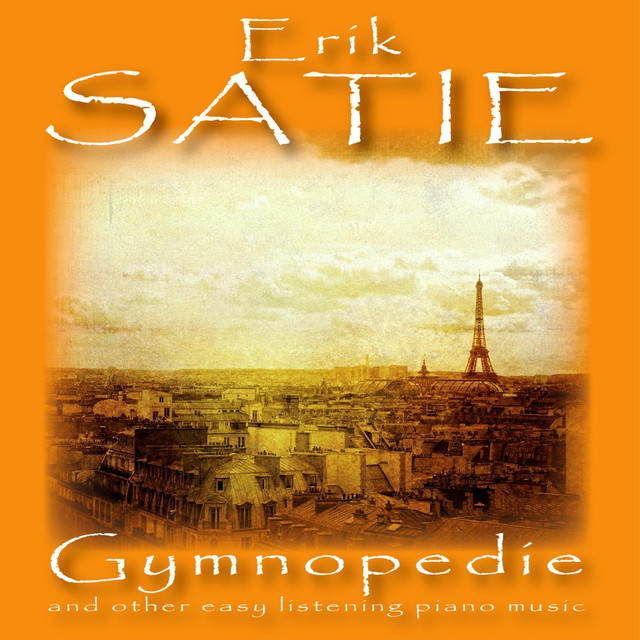
The "Gymnopédies", published in Paris starting in 1888, are three piano compositions written by French composer and pianist Erik Satie.
The work's unusual title comes from the French form of gymnopaedia, the ancient Greek word for an annual festival where young men danced naked — or perhaps simply unarmed. The source of the title has been a subject of debate. Satie's friend Roland-Manuel and Satie himself maintained that he adopted it after reading Gustave Flaubert's novel Salammbô, while others see a poem by J. P. Contamine de Latour as the source of Satie's inspiration, since the first gymnopédie was published in the magazine La Musique des familles in the summer of 1888 together with an excerpt of Latour's poem Les Antiques, where the term appears.
Ruisselait en flots d'or sur la dalle polie
Où les atomes d'ambre au feu se miroitant
Mêlaient leur sarabande à la gymnopédie
Slanting and shadow-cutting a bursting stream
Trickled in gusts of gold on the shiny flagstone
Where the amber atoms in the fire gleaming
Mingled their sarabande with the gymnopaedia.
However, it remains uncertain whether the poem was composed before the music. Satie may have picked up the term from a dictionary such as Dominique Mondo's Dictionnaire de Musique, where gymnopédie is defined as a "nude dance, accompanied by song, which youthful Spartan maidens danced on specific occasions", following a similar definition from Jean-Jacques Rousseau's Dictionnaire de Musique.
Later in 1888, the third Gymnopédie was published. The second Gymnopédie did not appear until 7 years later, and its impending publication was announced in several editions of the Chat Noir and Auberge du Clou magazines.
Puvis de Chavannes' symbolist paintings may have been an inspiration for the atmosphere Satie wanted to evoke with his Gymnopédies.
[video width="640" height="360" mp4="https://www.easypianoonline.com/wp-content/uploads/2020/12/Gymnopedie-No-1-Erik-Satie.mp4"]

[xyz-ihs snippet="NavigationLinksBlock-Common"]
Do-Re-Mi
by Rodgers & Hammerstein
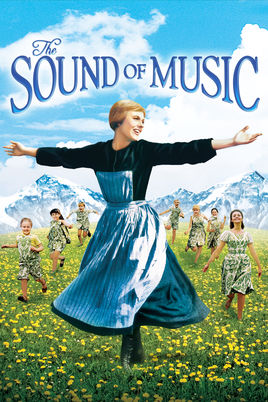
The "Do-Re-Mi" is a show tune from the 1959 Rodgers and Hammerstein musical The Sound of Music. Within the story, it is used by Maria to teach the notes of the major musical scale to the Von Trapp children who learn to sing for the first time, even though their father disallowed frivolity after their mother's death. Each syllable of the musical solfège system appears in the song's lyrics, sung on the pitch it names. Rodgers was helped in its creation by long-time arranger Trude Rittmann who devised the extended vocal sequence in the song. According to assistant conductor Peter Howard, the heart of the number – in which Maria assigns a musical tone to each child, like so many Swiss bell ringers – was devised in rehearsal by Rittmann (who was credited for choral arrangements) and choreographer Joe Layton. The fourteen note and tune lyric – 'when you know the notes to sing...' – were provided by Rodgers and Hammerstein; the rest, apparently, came from Rittmann. Howard: 'Rodgers allowed her to do whatever she liked. When we started doing the staging of it, Joe took over. He asked Trude for certain parts to be repeated, certain embellishments.
[video width="640" height="360" mp4="https://www.easypianoonline.com/wp-content/uploads/2019/03/Do-Re-Mi.mp4"][/video]
Julie Andrews
Lyrics
Let's start at the very beginning
A very good place to start
When you read you begin with A-B-C
When you sing you begin with do-re-mi
Do-re-mi, do-re-mi
The first three notes just happen to be
Do-re-mi, do-re-mi
Do-re-mi-fa-so-la-ti
[spoken]
Let's see if I can make it easy
Doe, a deer, a female deer
Ray, a drop of golden sun
Me, a name I call myself
Far, a long, long way to run
Sew, a needle pulling thread
La, a note to follow Sew
Tea, a drink with jam and bread
That will bring us back to Do (oh-oh-oh)
Do-re-mi-fa-so-la-ti-do
So-do!
Now children, do-re-mi-fa-so and so on
are only the tools we use to build a song.
Once you have these notes in your heads,
you can sing a million different tunes by mixing them up.
Like this.
So Do La Fa Mi Do Re
[spoken]
Can you do that?
[Children:]
So Do La Fa Mi Do Re
[Maria:]
So Do La Ti Do Re Do
[Children:]
So Do La Ti Do Re Do
[Maria:]
[spoken]
Now, put it all together.
So Do La Fa Mi Do Re, So Do La Ti Do Re Do
[Maria:]
[spoken]
Good!
[Brigitta:]
[spoken]
But it doesn't mean anything.
[Maria:]
[spoken]
So we put in words. One word for every note. Like this.
When you know the notes to sing
You can sing most anything
[spoken]
Together!
When you know the notes to sing
You can sing most anything
Doe, a deer, a female deer
Ray, a drop of golden sun
Me, a name I call myself
Far, a long, long way to run
Sew, a needle pulling thread
La, a note to follow Sew
Tea, a drink with jam and bread
That will bring us back to Do
Do Re Mi Fa So La Ti Do
Do Ti La So Fa Mi Re
Do Mi Mi
Mi So So
Re Fa Fa
La Ti Ti
[Repeat above verse 4x as Maria sings]
When you know the notes to sing
You can sing most anything
Doe, a deer, a female deer
Ray, a drop of golden sun
Me, a name I call myself
Far, a long, long way to run
Sew, a needle pulling thread
La, a note to follow Sew
Tea, a drink with jam and bread
That will bring us back to
Do . . . So Do
Re . . . La Fa
Mi . . . Mi Do
Fa . . . Re
So . . . So Do
La . . . La Fa
Ti . . . La So Fa Mi Re
Ti Do - oh - oh Ti Do -- So Do
Songwriters: Oscar Hammerstein Ii / Richard Rodgers

[[xyz-ihs snippet="NavigationLinksBlock-Common"]
Don't Cry for Me Argentina
by Andrew Lloyd Webber
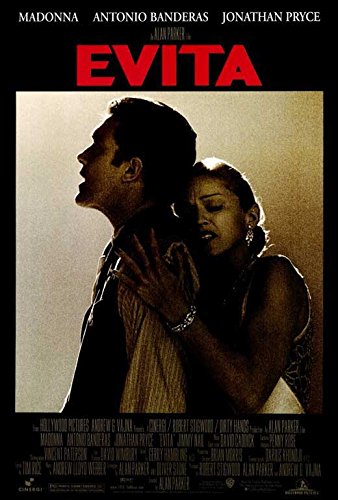
The "Don't Cry for Me Argentina" is a song recorded by Julie Covington for the 1976 concept album, Evita, and was later included in the 1978 musical of the same name. The song was written and composed by Andrew Lloyd Webber and Tim Rice while they were researching the life of Argentinian leader Eva Perón. It appears at the opening and near the end of the show, initially as the spirit of the dead Eva exhorting the people of Argentina not to mourn her, and finally during Eva's speech from the balcony of the Casa Rosada. Covington was signed by the songwriters for the track, based on her previous work in musicals.
In 1996, American singer Madonna starred in the film adaptation of the musical in the title role. Her version of "Don't Cry for Me Argentina" was released as the second single from the film soundtrack on 4 February 1997. It received positive reviews from music critics who praised her vocal performance. A separate version called the "Miami Mix", which included re-recorded vocals in English and Spanish and an Argentinean bandoneon in the song's intro, was promoted to radio. The song reached number one in France, Spain, and the European Hot 100 Singles, while the remix topped the US Dance Club Songs chart. The song also reached the top ten on the US Billboard Hot 100 and several other nations, and received gold certifications from five countries.
"Don't Cry for Me Argentina" has been covered by multiple artists, including The Carpenters, Olivia Newton-John, and Sinéad O'Connor as well as actors Lea Michele and Chris Colfer from the TV series Glee.
[video width="640" height="360" mp4="https://www.easypianoonline.com/wp-content/uploads/2019/03/NicoleScherzingerDontCryForMeArgentina2013.mp4"][/video]
Nicole Scherzinge (live performance 2013)
Lyrics
It won't be easy, you'll think it strange
When I try to explain how I feel
That I still need your love after all that I've done
You won't believe me, all you will see is a girl you once knew
Although she's dressed up to the nines
At sixes and sevens with you
I had to let it happen, I had to change
Couldn't stay all my life down at heel
Looking out of the window, staying out of the sun
So I chose freedom, running around trying everything new
But nothing impressed me at all
I never expected it to
Don't cry for me, Argentina
The truth is, I never left you
All through my wild days, my mad existence
I kept my promise
Don't keep your distance
And as for fortune, and as for fame
I never invited them in
Though it seemed to the world they were all I desired
They are illusions, they're not the solutions they promised to be
The answer was here all the time
I love you, and hope you love me
Don't cry for me, Argentina
Don't cry for me, Argentina
The truth is, I never left you
All through my wild days, my mad existence
I kept my promise
Don't keep your distance
Have I said too much?
There's nothing more I can think of to say to you
But all you have to do is look at me to know
That every word is true
Songwriters: Andrew Lloyd Webber / Tim Rice







































